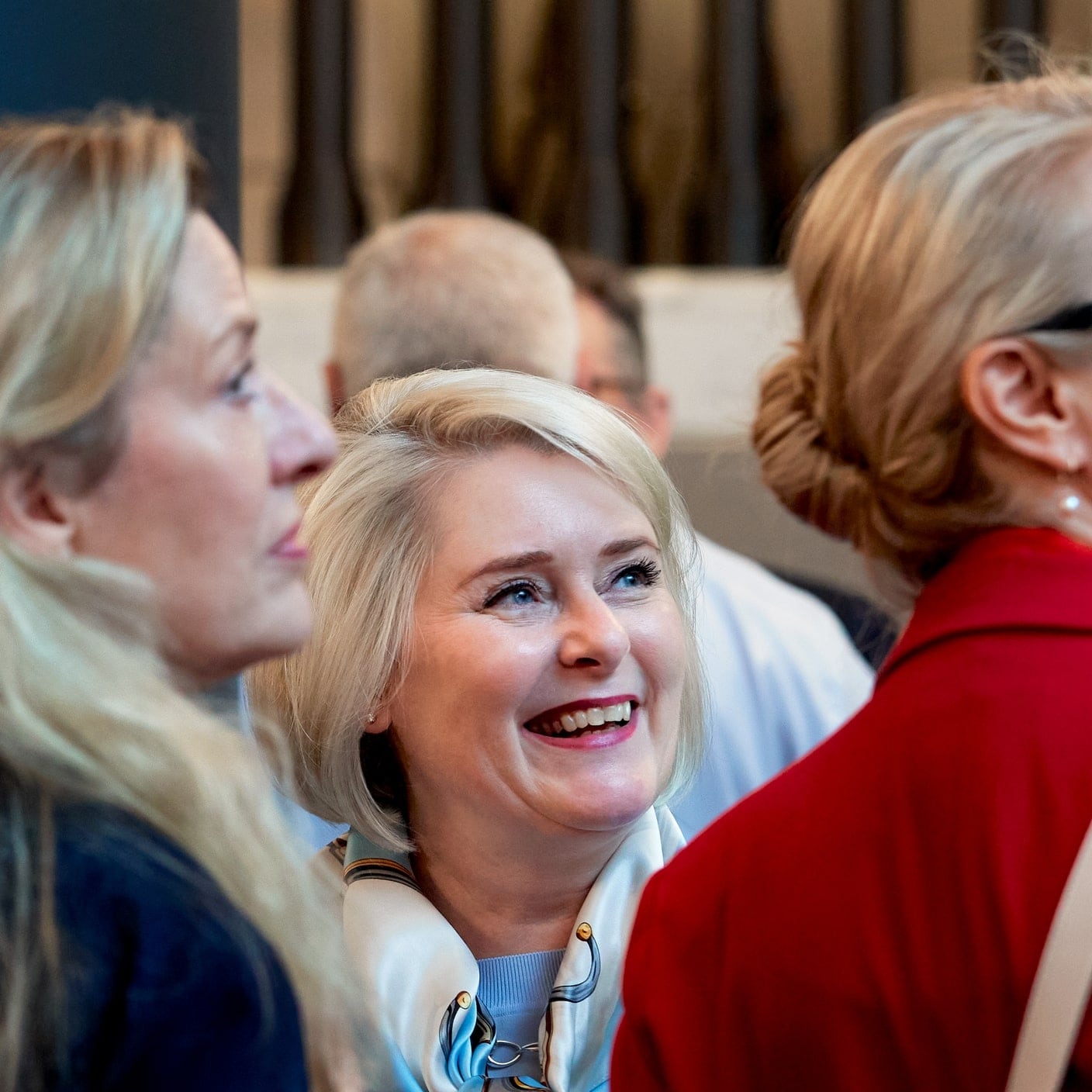Sustainable employability will increasingly set the workforce agenda as our global population ages; is your organization ready to attract, retain, and support older people and capitalize on their wisdom and experience?
Maturity matters. Whether it’s an octogenarian in the White House (Joe Biden), a nonagenarian promoting planet preservation (Sir David Attenborough), or a centenarian Vogue cover star (Apo Whang-Od): the world is starting to embrace the potential of seasoned workers to positively impact individuals, organizations and wider society.
The dual influences of ever-expanding life expectancy and a global slump in birth rates herald a further change in the world of work. Visionary organizations have the opportunity to accept the challenge of sustainable employability and support workers throughout careers that may persist for six decades or more.
The global demographic time bomb has been well-telegraphed. The World Health Organization (WHO) reported in October 2022 that every country in the world is experiencing growth in both the size and proportion of older persons in the population.
The WHO’s prediction is that by 2030, one in six people in the world will be aged 60 or over. This total – 1.4 billion people – will have doubled to 2.8 billion by 2050.
The flip side of this trend is the shrinking birth rates. China – now the world’s second most populous nation after India – has experienced a slowing birth rate for years but in 2022 its overall population fell for the first time in 60 years.
Challenges and opportunities
This trend can be seen as an opportunity to tap into the value of mature employees, accelerating progress by leveraging the wisdom and experience they bring and providing the support those workers need to realize their later-career capabilities.
There are, of course, challenges related to supporting a population that will live longer. Demographic shifts have already prompted the French government to sign into law an increase in the pension age from 62 to 64 (despite widespread public protests). China’s pension age continues to be 60 for men and 55 for women, leading organizations such as the World Economic Forum to speculate that this position may need to change.
But challenge can drive innovation and there are numerous ways employers can prepare themselves to tap into the value of an ageing workforce, attracting and keeping talent in their organizations for longer.
Organizations already flourishing in this arena have undergone a mindset shift. Rather than focusing on the negative connotations of an ageing population, they see clear benefits. What has been dubbed the ‘grey pound’ wields financial power, while there is a huge chunk of the population with the time and availability to continue to work, take on caring responsibilities and give back via charitable objectives.
BSI’s own research in this area demonstrates that older workers have a lot to offer in terms of knowledge, and experience and contribute to the diversity of a team. This is backed by a study by the Institute for Fiscal Studies, which shows they are also more loyal than younger workers – on average, just 4% of older workers change employers each year.
Realizing the full potential of age-diverse teams
For those individuals who choose to continue their career into its sixth or even seventh decade, there are vital touchpoints of support that organizations can provide to realize the full potential of a more age-diverse team.
Employers can encourage older workers to be more open and transparent about any health issues they may have, helping to avoid conscious or unconscious bias that they are less productive. Similarly, supporting those with caring responsibilities, for example for elderly parents, can enable them to remain in work for longer.
To create an employer eco-system that helps older people, employers can embed health support, carer policies and career pivots. Mature workers may well seek out employers that support them to take career breaks, including opportunities to re-train or pursue new qualifications. Flexible working via shorter-term contracts or project-based work can offer part of the answer to getting the best from older workers.
Older workers can absolutely learn new skills, they just require a different learning approach that allows more time. Employers can redesign training and development programmes to cater for generational learning differences as well as different learning styles.
Sharing best practice
Some forward-thinking organizations have introduced reverse-mentoring programmes so that employees from the younger generation are able to support their older peers. London law firms Linklaters and Allen & Overy along with Sodexo, Unilever and P&G all have reverse mentoring programmes in place to support on issues such as diversity, LGBTQ+ and wider cultural shifts.
Organizational culture will play an important role in successfully tapping into the potential of more mature colleagues. Tracking employee metrics by age group would provide organizations with valuable insights, helping them to understand the engagement levels, preferences and behaviours of older workers.
People teams could tap into the potential for 'returnships', build older learner-friendly development programmes and be ready to create roles that suit the competencies of mature workers with wider experience in handling customer concerns and conflict than their younger colleagues.
The offer of sabbaticals or 'mini-retirements' could be attractive to older employees, who may appreciate breaks to respond to health issues, bereavement or simply to avoid burnout.
In return for their investment, employers have the potential to reap clear benefits in return. Age diversity presents an opportunity to harness the wisdom and experience gathered by mature workers and could help teams to share different perspectives, potentially driving enhanced innovation and creativity.
A new way of looking at careers
An exciting prospect presents itself – to reimagine and redesign what a career arc looks like. If our career lifecycle could benefit from change at the end, then we have the chance to set a new rhythm. The pressure of having 'made it' by 30 may shift out to 40 or 50, removing the early-day pressures of imposter syndrome and racing up the competency ladder.
Indeed, this idea of age and career stage being a flexible concept is one explored in a series of pilots of 'mid-life MOTs' carried out by a group of large UK businesses in partnership with the Centre for Ageing Better. These 'MOTs' support older employees to consider their work, wealth, health and emotional well-being requirements as part of their later career planning.
Whether it’s mid-life MOTs, returnships, career breaks, new learning pathways or reverse mentoring, we can all benefit if we talk about 60-year careers and how organizations can capitalize on the potential of all their people.
About the author
Kate Field is BSI’s Global Head of Health, Safety and Well-being. She brings over 20 years of experience across all sectors and is the creator and author of BSI’s Prioritizing People Model. She is a champion for cultural change that embeds a people-centric approach, benefiting individuals and helping the organizations they work for become more resilient.








